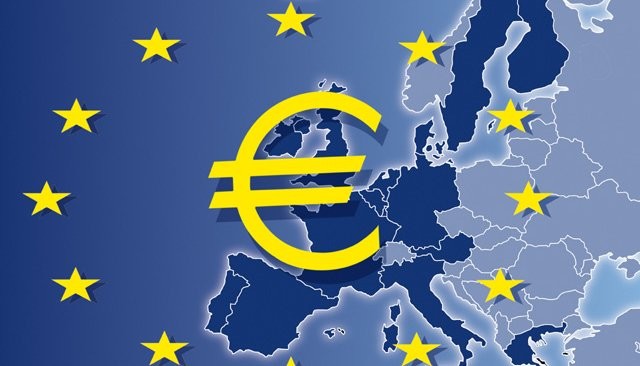The euro area achieved a significant trade surplus of €22.3 billion in June 2024, surpassing the €18.0 billion surplus recorded in June 2023, according to the latest trade balance estimates. This surplus reflects the region’s robust performance in exports compared to imports, despite a decline in the overall trade values.
The euro area’s trade balance was bolstered by strong performances in specific sectors, notably chemicals, machinery, and vehicles, which contributed to the surplus. However, energy products represented the highest deficit among all goods categories, with a notable gap of €22.9 billion.
In June, the value of exports from the euro area fell by 6.3% year-on-year to €236.7 billion, while imports decreased more significantly by 8.6%, totaling €214.3 billion. Despite the drop in both exports and imports, the proportion of exports relative to imports improved, indicating a more favorable trade balance.
For the first half of 2024, the euro area reported a substantial surplus of €107.5 billion, a stark contrast to the €3.0 billion deficit recorded during the same period in 2023. This turnaround highlights a marked improvement in the region’s trade performance over the past year.
A trade surplus is generally viewed as a positive economic indicator, reflecting strong global demand for the region’s goods. This can lead to increased employment opportunities and stimulate economic growth. The current trade balance underscores the euro area’s competitive edge in key sectors, which continues to attract international demand.
As the region navigates global economic challenges, the improved trade balance provides a boost to economic confidence and stability, reinforcing the euro area’s position as a significant player in the global marketplace.


